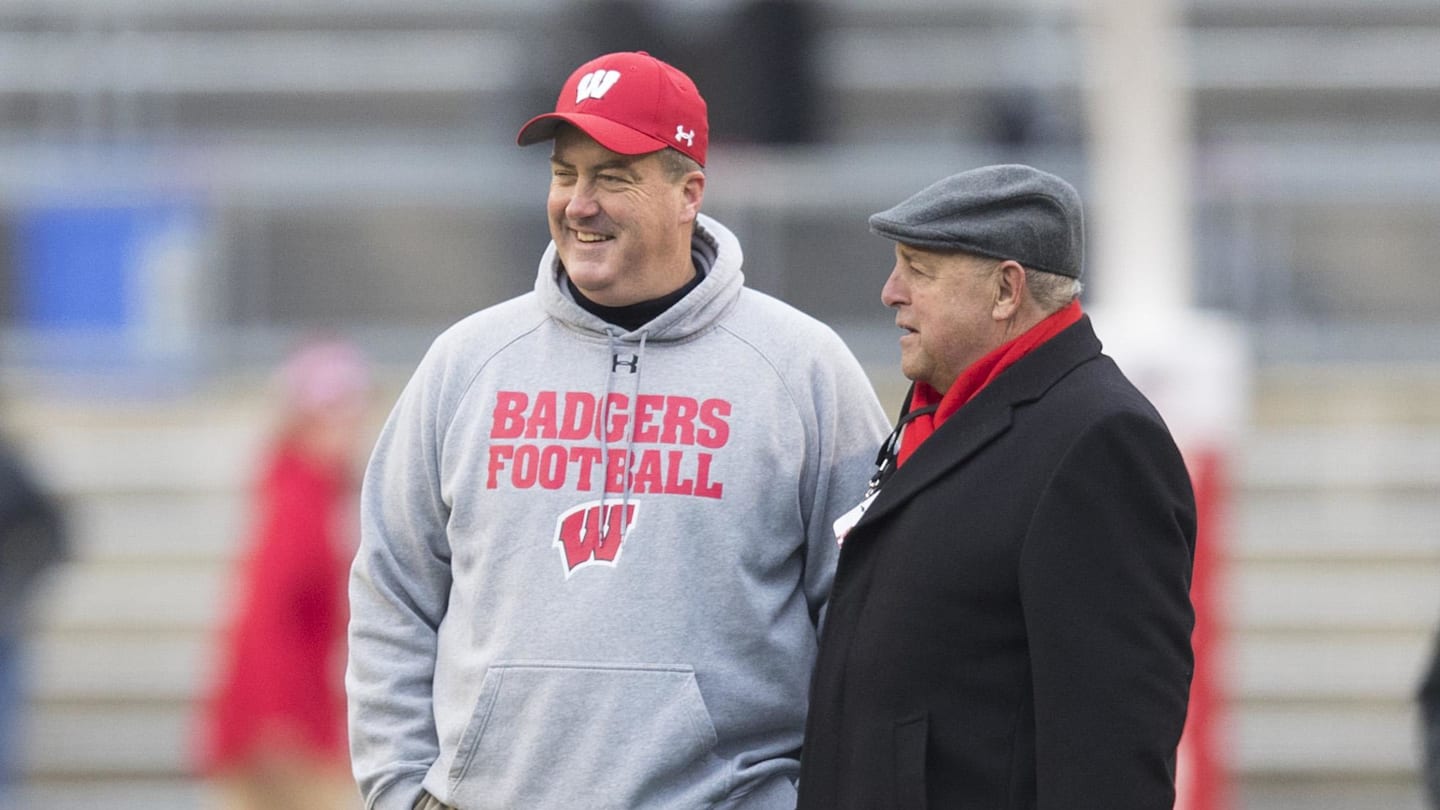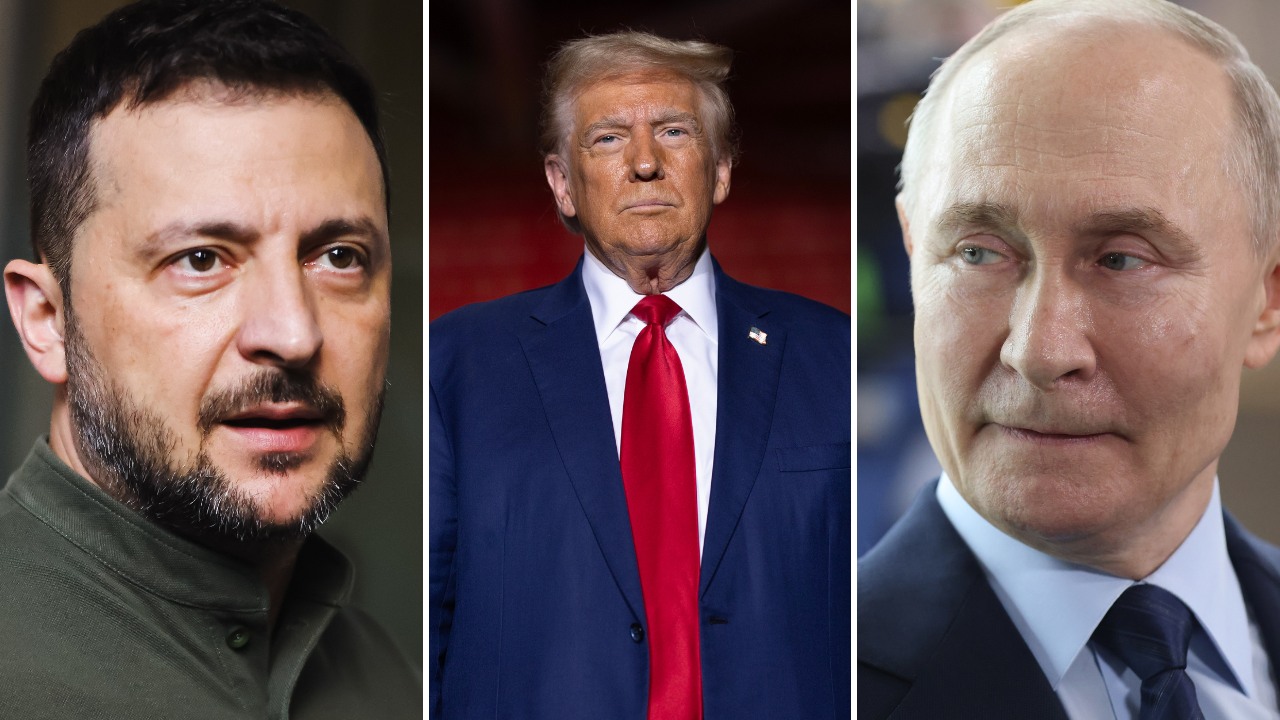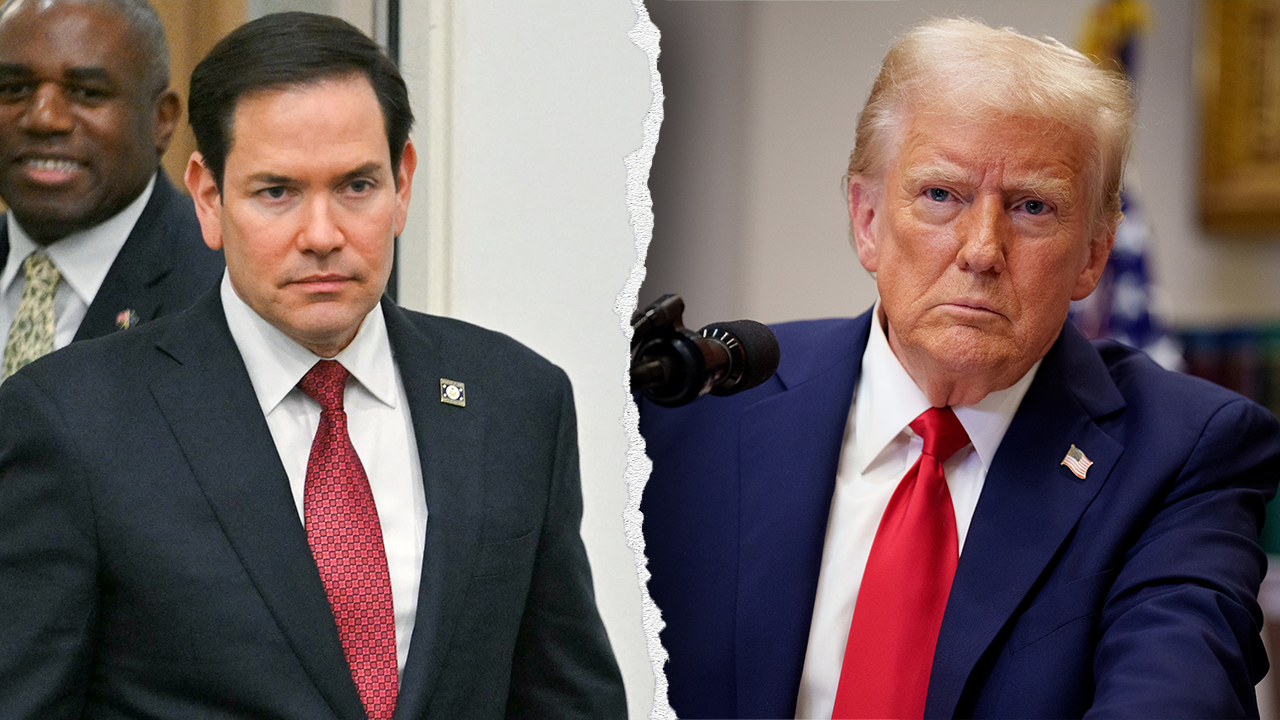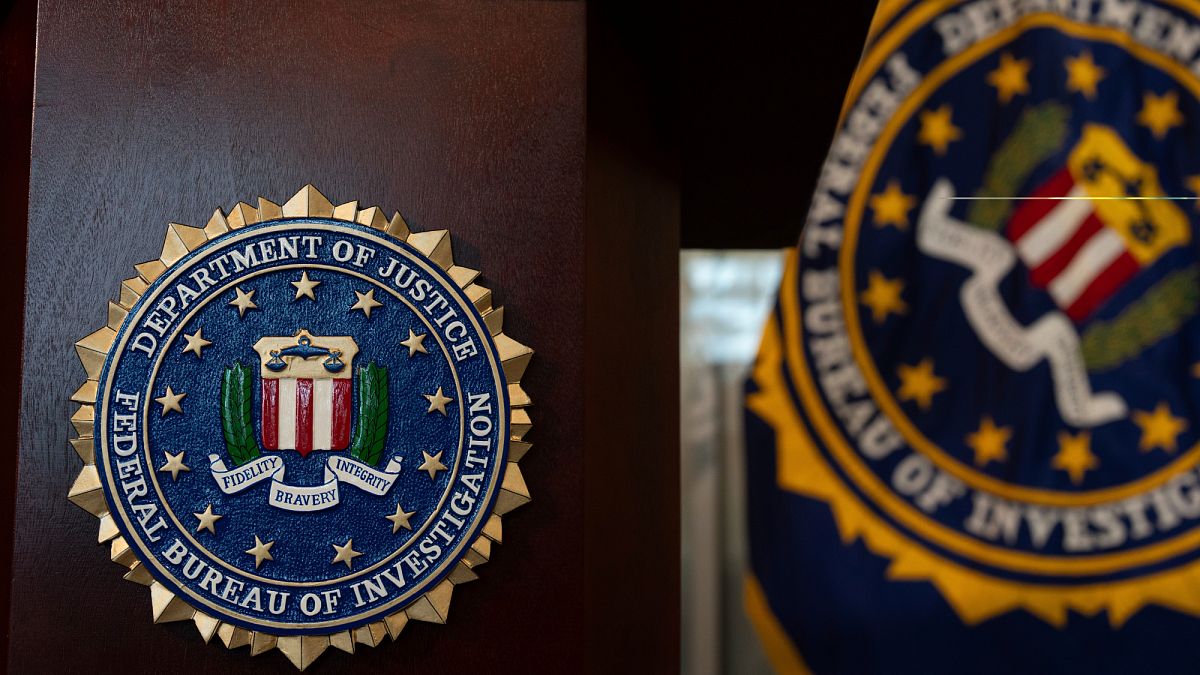Two US credit rating agencies have become embroiled in a rare public dispute over the reliability of scores for insurance companies’ growing stash of private credit investments.
The dispute involves a study, since withdrawn by its publisher, purporting to find that small credit rating agencies assign more generous scores to private credit investments than the larger and more established ones. Kroll Bond Rating Agency has accused Fitch Ratings of misleading market participants by relying on the study to raise doubts about the quality of its ratings.
Fitch on Monday published a report critical of Kroll and other groups, based on the 2024 study, issued by the National Association of Insurance Commissioners.
A Fitch spokesperson stood by its report, arguing the insurance commissioner’s group reached similar conclusions in prior studies. “If the (association) provides new information, we will update our analysis.”
The unusually overt quarrel highlights the intense competition in the fast-growing and lucrative $1.6tn private credit industry to carve out turf — not just among lenders, but among the groups paid to referee creditworthiness of the market’s opaque investment offerings.
“There’s a build-up of risk in the insurance industry and also potentially in the collateralised loan sector that is not being properly monitored,” said Ann Rutledge, a former senior Moody’s analyst and now chief executive of rating agency CreditSpectrum. “The opacity and the risk are both attributable to the fact that there are cracks in the foundation of the current SEC-regulated credit rating industry.”
Insurers and other investors use the types of ratings in question, known as private letter ratings, when no public ratings are available. Larger ratings firms historically have eschewed issuing these types of scores for private credit products, leaving the market dominated by smaller agencies.
Private letter investments were “inherently more risky given the lack of transparency and potential ratings inflation”, analysts at JPMorgan said in a recent note, adding “there is an inherent challenge in assessing credit quality from the outside as no part of the process, analysis, or information is transparent from the outside”.
Kroll, which was among the first to challenge the establishment credit agencies with its launch after the global financial crisis, said it was troubled by its larger rival’s boosting of “statistically unsound” research. It said Fitch’s criticism appeared geared towards supporting its own grab for dominance.
“In seeking relevance to increase its market share in private credit, Fitch appears to have undercut two foundational principles for any rating agency — integrity and analytical rigour,” Kroll said in a statement.
The study by the NAIC focused on the rise of private letter ratings for insurers’ private credit investments, which totalled about $350bn at the end of 2023.
It found confidentially-issued grades from smaller rating shops were more likely to deviate from scores by the association’s own securities valuation office and were notably higher on average. According to the original report, smaller groups such as Kroll tended to offer ratings three notches higher than the association’s internal score, while larger agencies such as Fitch offered ratings about two notches higher.
The study also showed that the number of privately rated securities held by US insurers grew from 2,850 in 2019 to 8,152 in 2023, and that the share of securities rated by small credit rating providers such as Egan-Jones, Kroll and Morningstar had grown to 86 per cent in 2023.
The report also noted that Fitch is the leading provider of private letter ratings among the big three US rating agencies, ahead of S&P Global Ratings and Moody’s Ratings.
But earlier this month, the insurance association announced it was removing the report from its website “to undergo further editorial work to clarify the analysis presented”.
Without naming names, the insurance association said it would “evaluate how the information we provide to the public could be misconstrued or otherwise utilised in inappropriate ways”.
The NAIC declined a request for comment.

































